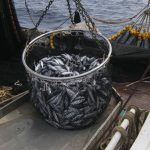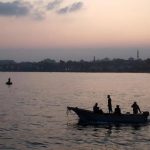The press communiqué of the government says that three huge marine reserves totalling 435,163ha are to be established in the Subantarctic Islands. Minister of Conservation Kate Wilkinson and Fisheries Minister Phil Heatley said that the decisions will see a marine reserve cover the entire territorial sea – out to 12 nautical miles – surrounding Antipodes Island, with two further marine reserves around the Bounty Islands and Campbell Island, covering 58 percent and 39 percent of those islands’ territorial seas respectively.
The new policy include the prohibitions on Danish seining will be introduced in the remaining territorial sea around the island groups, ensuring the entire area – 688,548ha – achieves Marine Protected Area status. Wilkinson says securing marine reserves around New Zealand’s Subantarctic Islands recognises how unique the marine environment in the area is.
These islands boast World Heritage status in recognition of their international conservation importance and amazing wildlife. But what is less well-known is that this picture continues beneath the surface. The Subantarctic Islands are renowned globally and are a huge attraction for the burgeoning eco-tourism industry. Protecting the surrounding waters is sure to add to the prestige of this remote area.
Heatley said that the Subantarctics are a unique area and not currently widely fished due to their remote location. The prohibition on any future Danish seining is a sensible step. There is also going to be a five-year window to allow for a potential deep-water crab fishery to be explored in the territorial sea beyond the marine reserve around Campbell Island.








